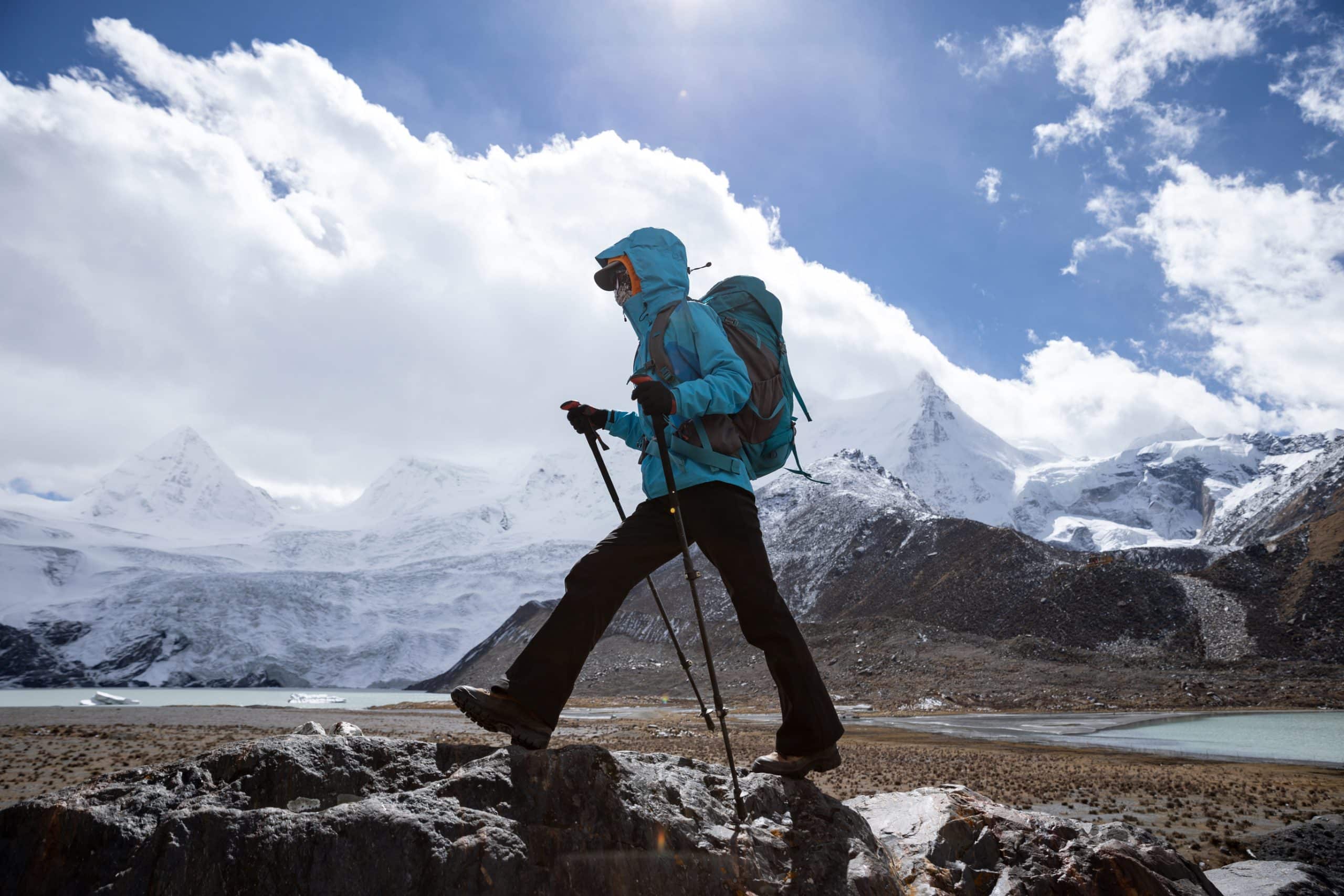What Are the Effects of Altitude Training on VO2 Max Among Elite Swimmers?

Elite athletes are always seeking ways to enhance their performance. In this relentless pursuit, some turn to altitude training, an approach that leverages the unique conditions of high-altitude environments. One group of athletes who have recently begun exploring the benefits of altitude training are elite swimmers. But what are the effects of altitude training on VO2 max among these athletes? Is it proving to be a game-changer in performance enhancement? This article aims to explore answers to these queries, drawing on well-researched sources, including studies from Google Scholar, PubMed, and Crossref. Let's dive into the topic.
Altitude Training: What Does it Entail?
Altitude training involves athletes training in environments with a significantly reduced oxygen supply, typically at heights above sea level. How does this benefit athletes? Let's explore.
Dans le meme genre : What Role Does Aerodynamic Testing Play in Improving Performance in Professional Cycling?
The theory behind altitude training is rooted in the body's physiological response to hypoxia, a state characterised by an inadequate supply of oxygen. When athletes train at high altitudes, their bodies react by producing more red blood cells, a vital component for the delivery of oxygen to the muscles. This increased production of red blood cells can enhance an athlete's endurance and performance once they return to lower altitudes.
VO2 Max: Unpacking the Concept
VO2 max, also referred to as maximal oxygen uptake, is a measure of the maximum volume of oxygen an athlete can use during intense exercise. It is a crucial indicator of an athlete's cardiovascular fitness and aerobic endurance. The higher the VO2 max, the more oxygen an athlete can utilize during high intensity workouts. This allows for longer, more efficient exercise.
A lire également : How to Incorporate Mindfulness Practices Into Pre-Game Routines for Football Players?
Google Scholar and PubMed provide robust evidence indicating that altitude training can positively influence VO2 max. It is suggested that the body's increased production of red blood cells in high altitude conditions could lead to a significant increase in VO2 max.
Effects of Altitude Training on VO2 Max in Elite Swimmers
Having grasped the concepts of altitude training and VO2 max, we now delve into how altitude training impacts VO2 max among elite swimmers. The unique training conditions at high altitudes have been found to increase VO2 max, thus enhancing performance in these athletes.
In a study indexed on Crossref, elite swimmers who underwent altitude training saw an increase in their VO2 max levels. The heightened oxygen-carrying capacity of their blood significantly improved their endurance. However, it is important to note that the effects of altitude training are not instantaneous. The athletes began to observe noticeable improvements in their performance several weeks after returning to sea level.
Understanding the Limitations and Risks of Altitude Training
While the benefits of altitude training are appealing, it's crucial not to overlook its potential drawbacks and risks.
Some researchers, including those on Google Scholar and PubMed, argue that the benefits of altitude training could be offset by the lack of oxygen available for high-intensity training at high altitudes. This could result in a decrease in training intensity, potentially compromising the athletes' competitiveness.
Furthermore, exposure to high altitude conditions may lead to altitude sickness, characterized by symptoms such as headaches, nausea, and dizziness. These symptoms could impair an athlete's ability to train effectively and might even result in significant health concerns.
Balancing Altitude Training with Regular Training
Despite the potential limitations and risks, many elite swimmers are incorporating altitude training into their regimes, seeking to harness the benefits while mitigating the drawbacks.
They do this by combining altitude training with periods of training at sea level in a strategy known as "Live High, Train Low". This approach allows athletes to benefit from the increased red blood cell production at high altitudes while still maintaining their high-intensity training at sea level.
According to a study sourced from Google Scholar, this approach resulted in a substantial increase in VO2 max among elite swimmers, demonstrating that a thoughtful and balanced approach to altitude training can yield significant benefits.
In the competitive world of elite sports, every advantage counts. Altitude training, despite its potential drawbacks, offers a promising way for athletes to enhance their performance. By understanding the impacts of this training method, particularly on VO2 max, athletes can make informed decisions about integrating altitude training into their regime. The results, as shown by research and real-world examples among elite swimmers, could be a game-changing increase in endurance and performance.
Exploring Studies on Altitude Training's Impact on VO2 Max
Diving deeper into the effects of altitude training on VO2 max among elite swimmers, several studies have been instrumental in providing insight.
A study conducted by Garvican-Lewis et al., and available on Google Scholar, involved a team of Australian elite swimmers undergoing an altitude training regime. The study found that after four weeks of training at high altitude, the swimmers' hemoglobin mass, a vital factor in oxygen transport, had increased by 4%. This increase resulted in a significant improvement in the swimmers’ aerobic capacity, thus elevating their VO2 max.
However, it is valuable to note that the benefits of altitude training were not immediate. The swimmers only saw significant improvements in their performance several weeks after returning to sea level. This underlines the importance of strategically incorporating altitude training into an athlete's regular training schedule to allow sufficient time for the body to adapt and reap the benefits.
A meta-analysis study available on PubMed revealed similar findings. The study analyzed the effects of altitude training on the VO2 max of athletes from various sports, including swimming. The results indicated that altitude training led to a moderate increase in VO2 max, enhancing athletes' endurance and overall exercise performance.
These studies, among many others, underline the potential of altitude training in enhancing VO2 max and performance among elite swimmers. However, it is essential for athletes and coaches to approach altitude training with a clear understanding of its potential risks and limitations.
Conclusion: Weighing the Benefits and Risks of Altitude Training
Altitude training presents exciting potential for performance enhancement among elite swimmers, particularly concerning increasing VO2 max. The body’s physiological adaptation to high altitude conditions, such as increased red blood cell production, can significantly enhance an athlete’s endurance and performance. The strategy of "Live High, Train Low", where athletes alternate between training at high altitude and sea level, can help them maximize altitude training benefits while maintaining high-intensity training sessions at lower altitudes.
However, it is also crucial to acknowledge the potential limitations and risks associated with altitude training. Reduced oxygen availability at high altitudes may limit the intensity of workouts. Additionally, athletes may experience symptoms of altitude sickness, which could impair their training and potentially lead to serious health concerns.
As more research becomes available, and as more real-world examples are analyzed, a more comprehensive understanding of altitude training's effects on VO2 max among elite swimmers will emerge. In the competitive world of elite sports, using such knowledge strategically can help strike the optimal balance between leveraging the benefits of altitude training and mitigating its potential drawbacks.
Ultimately, the application of altitude training should be tailored to the individual athlete’s needs and capacities, under the guidance of a knowledgeable coach or sports medicine professional. As the sports adage goes, there is no 'one-size-fits-all' approach to training; altitude training is no exception.
